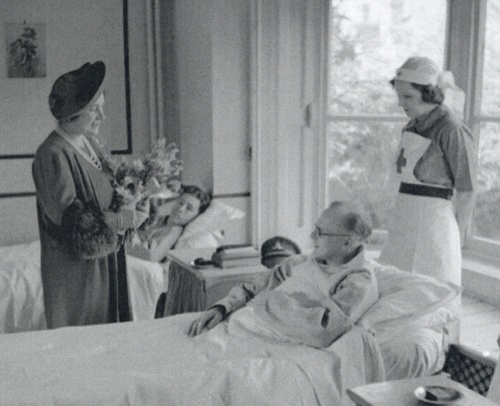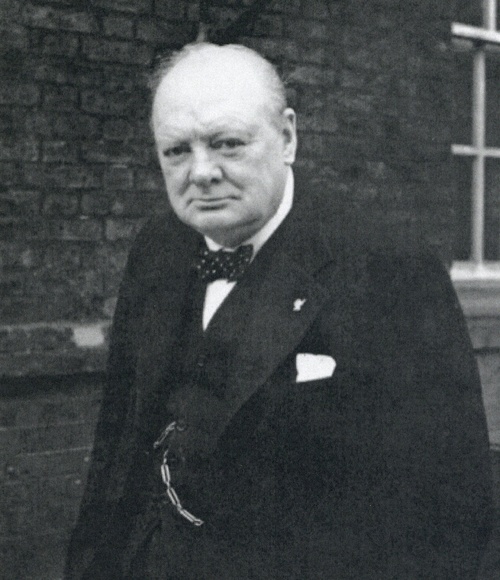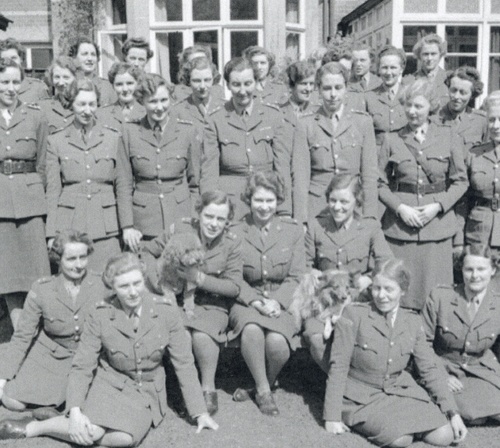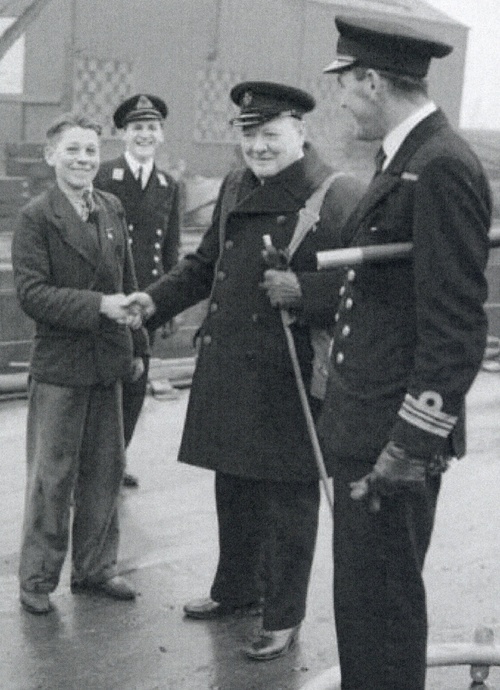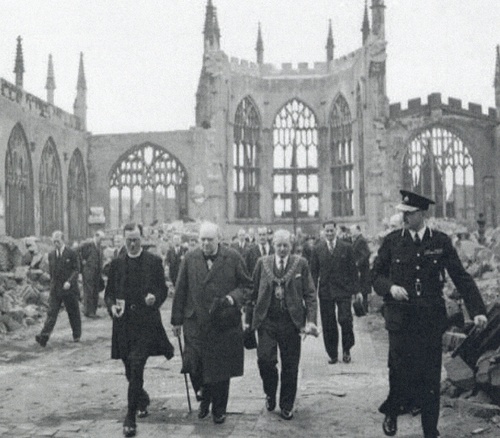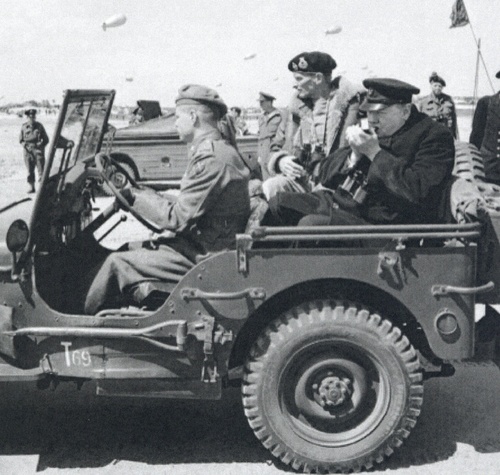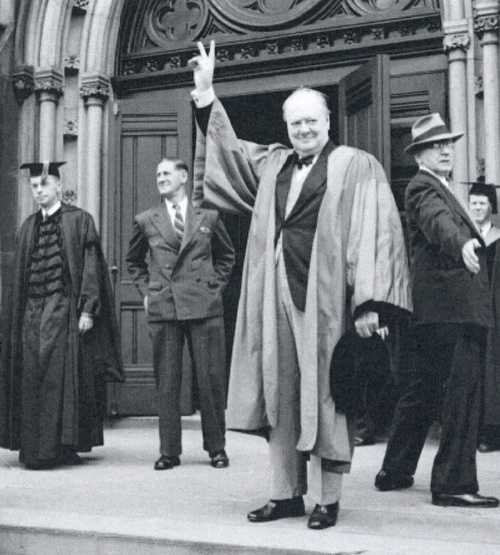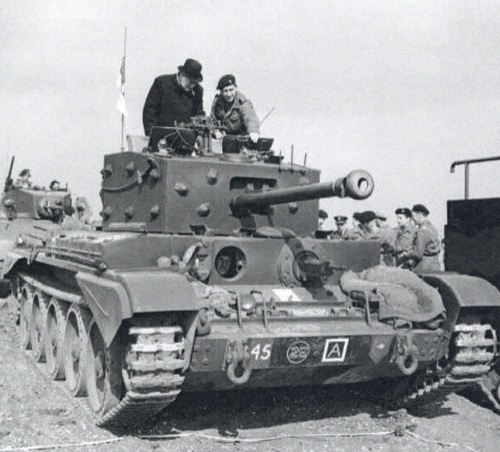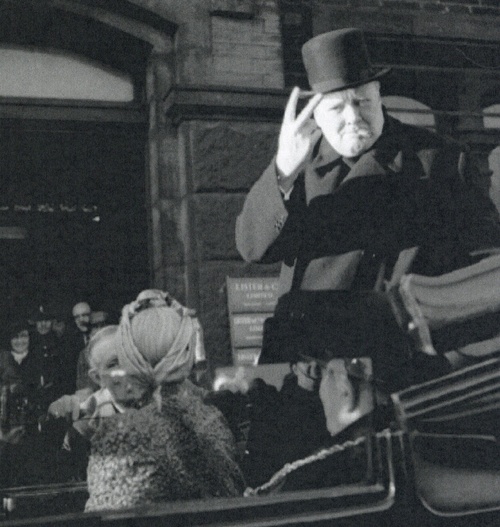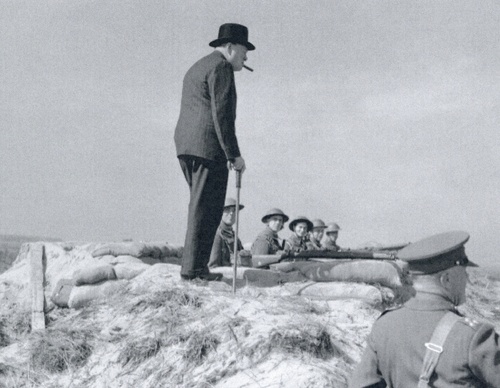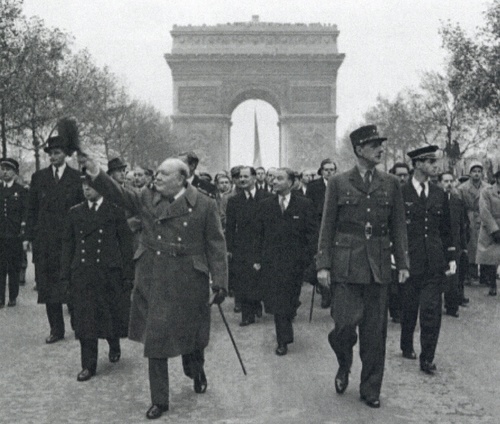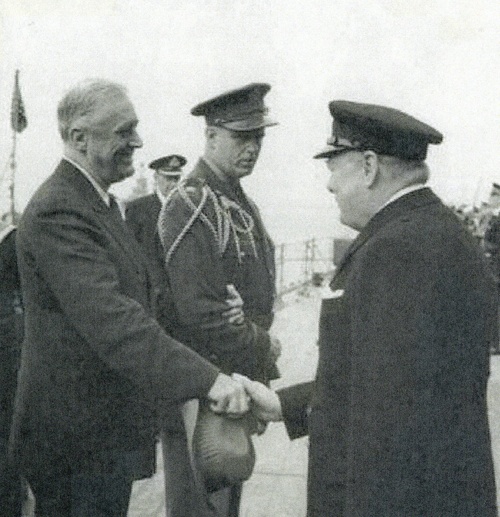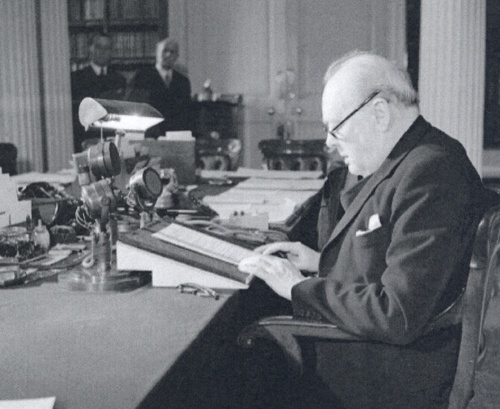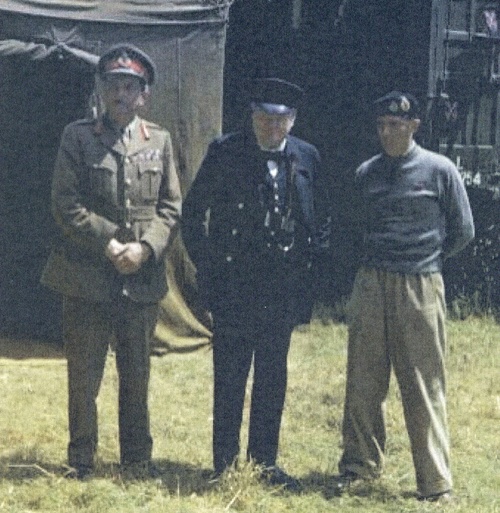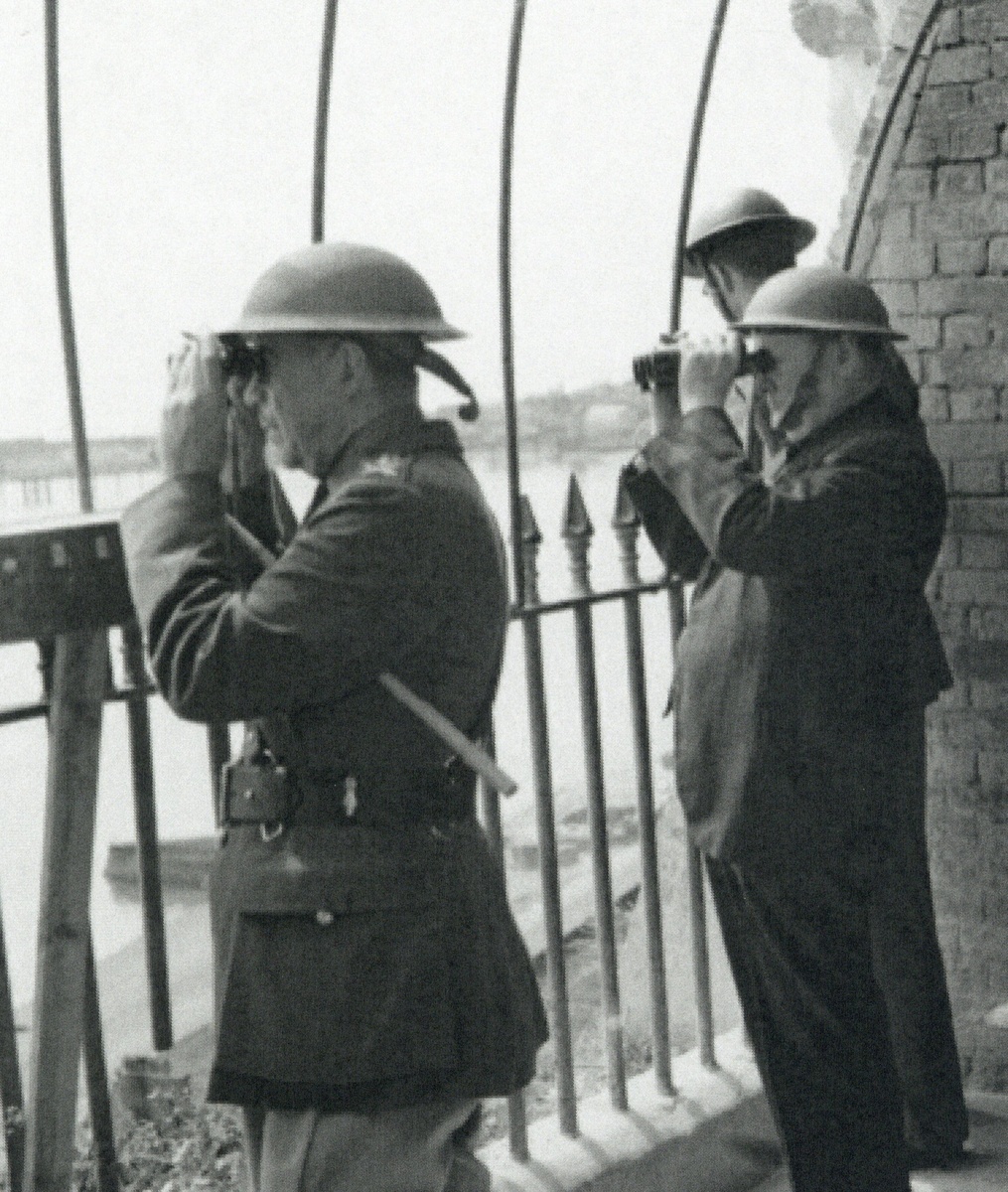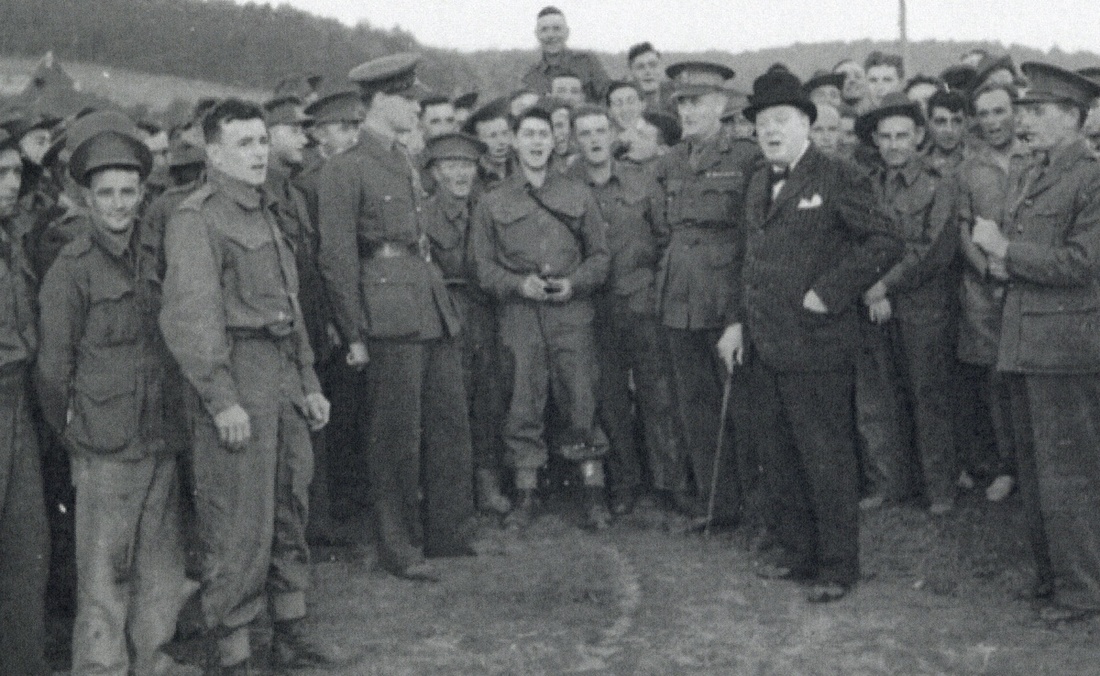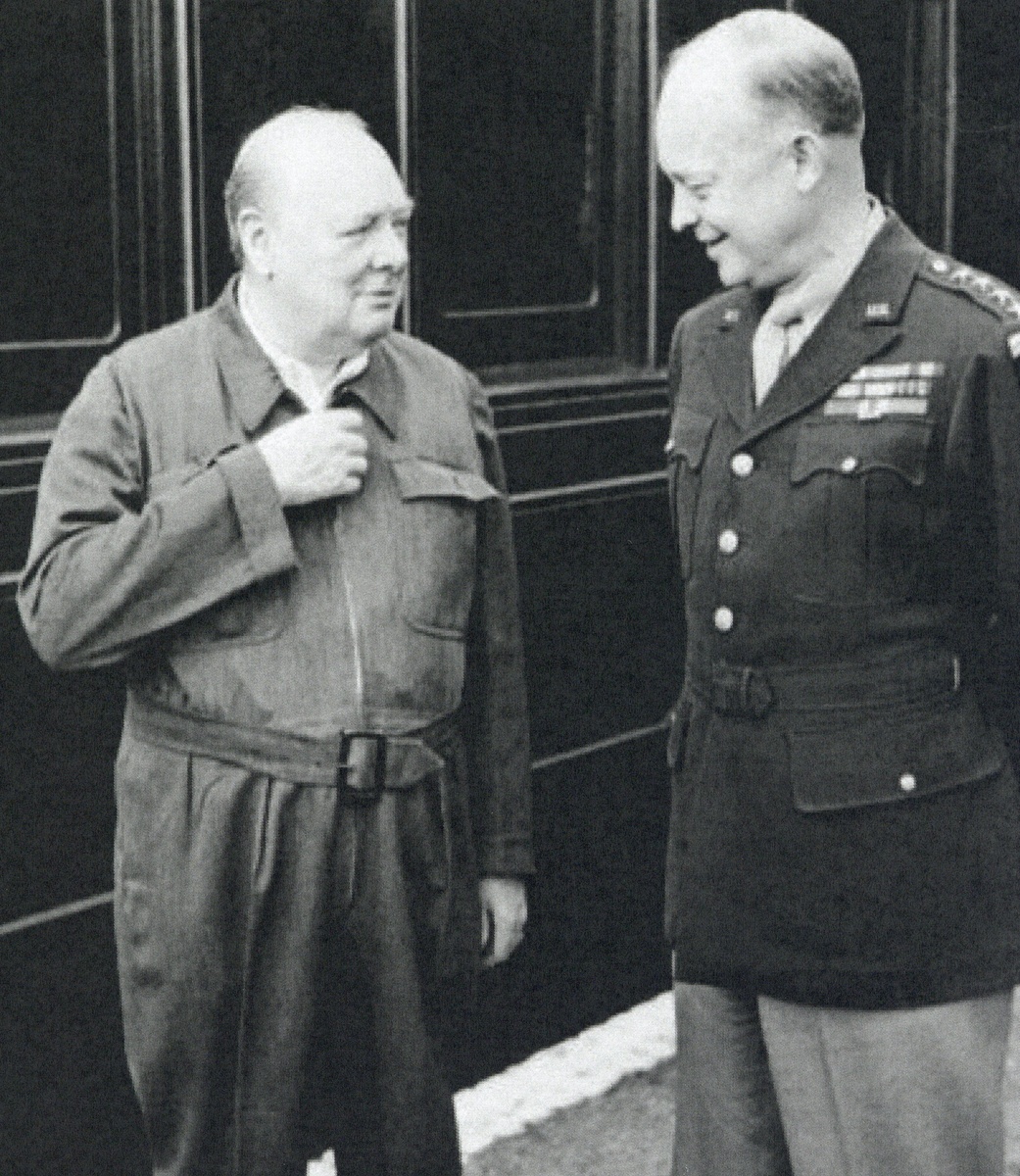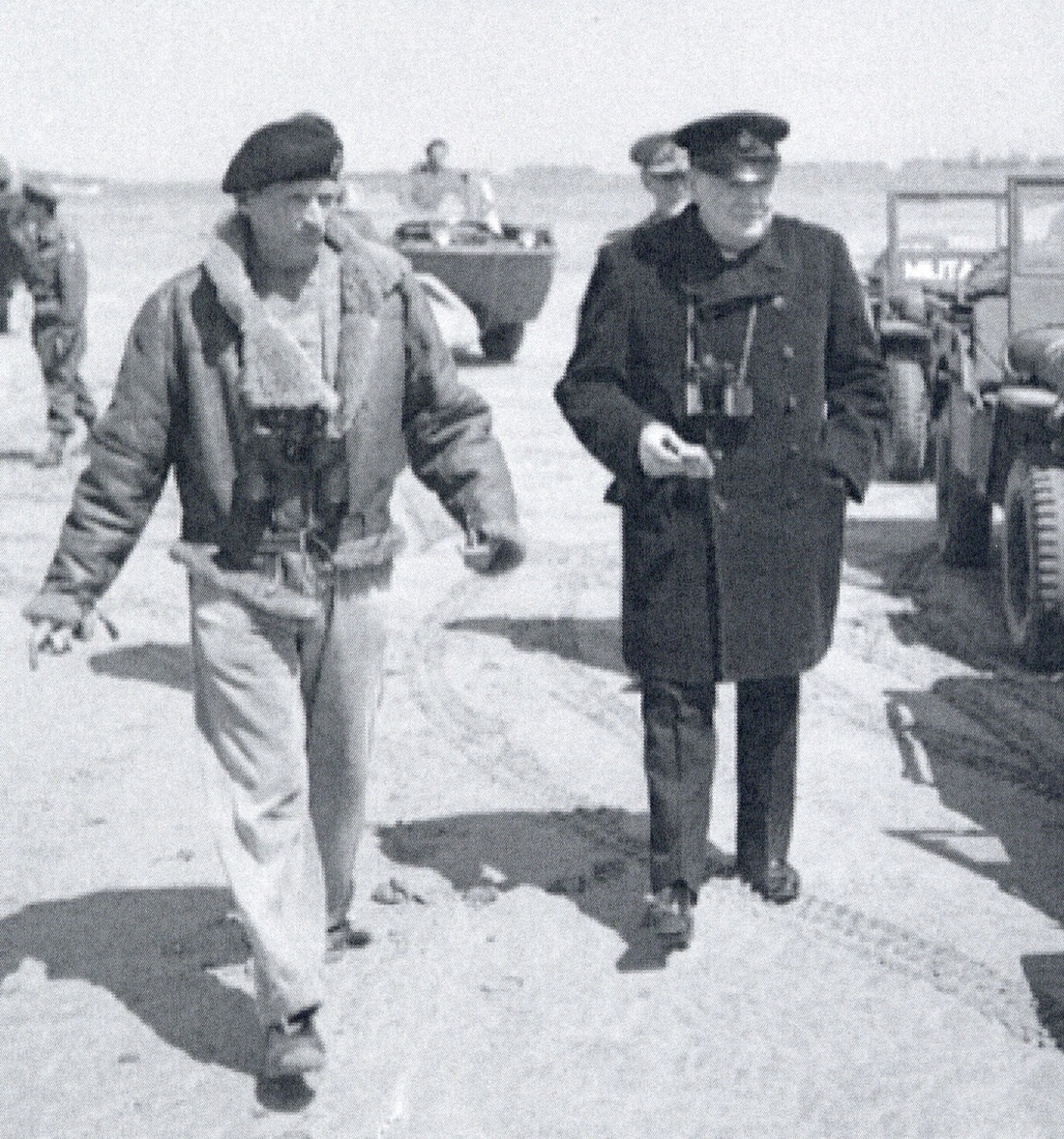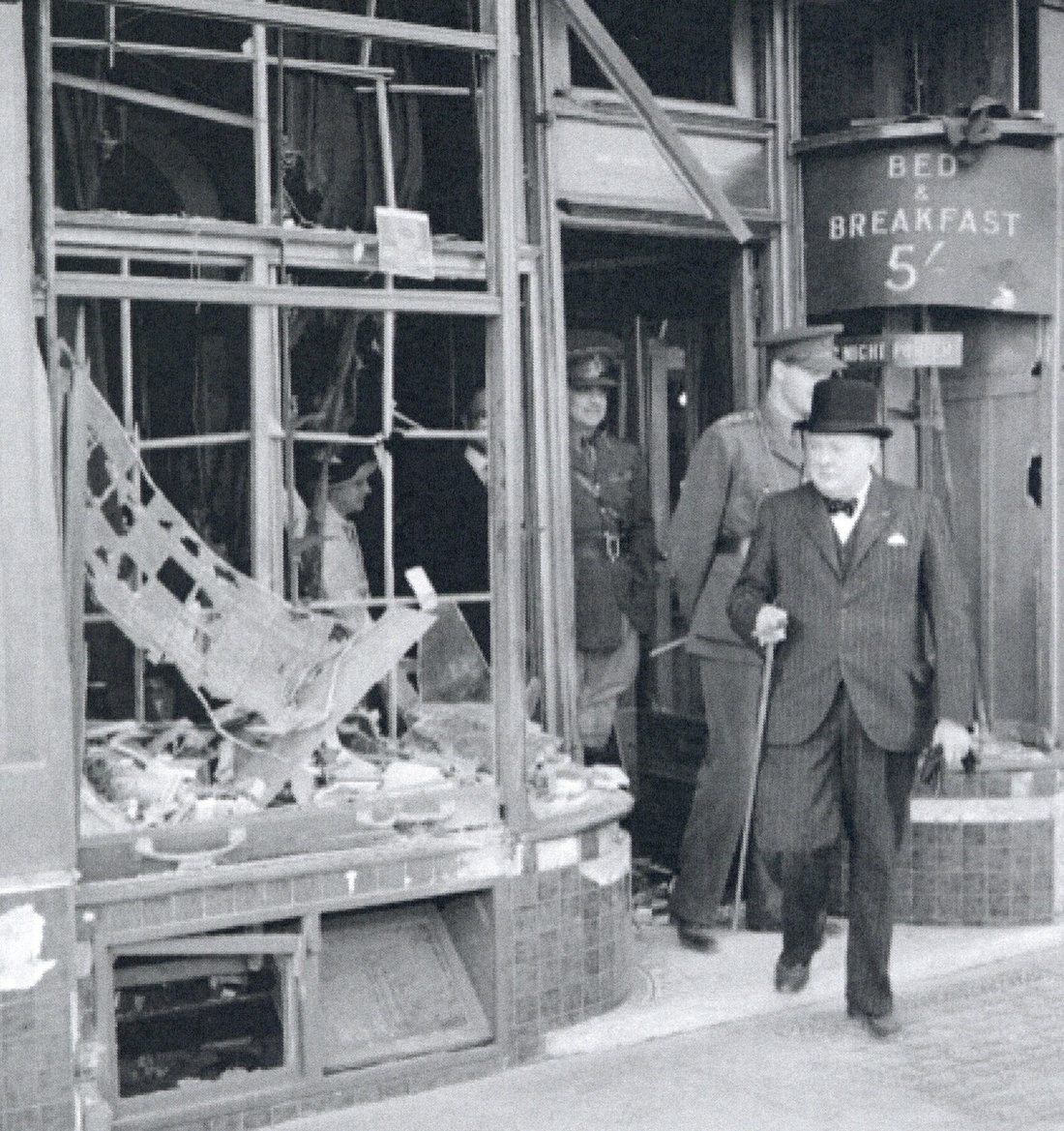Auction: 18003 - Orders, Decorations and Medals
Lot: 443
(x) An emotive - and important - group of nine to Major W. G. Horton, War Office Photography Department, late Royal Air Force, Royal Flying Corps and Royal Sussex Regiment, who was mentioned in despatches for his photographic work in the field in the Great War
More significantly - in the Second World War - he captured some of the most iconic images of Winston Churchill and the Royal Family ever to appear in the press
1914-15 Star (2522. Pte. W. G. Horton. R. Suss. R.); British War and Victory Medals, M.I.D. oak leaves (Lieut. W. G. Horton, R.A.F.); 1939-45 Star; Africa Star; Italy Star; France and Germany Star; Defence and War Medals 1939-45, very fine (9)
William George Horton was born at Hamsey, Sussex on 23 July 1893, the son of Henry James Horton. He spent his childhood living at the Post Office, Offham, Lewes and won one of 15 Minor Sussex County Council Education Scholarships in October 1905. The 1911 census indicates that one of his first jobs was as a junior reporter at Lewes and, from June 1912 to September 1914, he worked as a press photographer for the London News Agency at 46 Fleet Street, London. It was an exciting time for the industry; European societies in 1914 were better informed than previous generations, aided by increased literacy rates, the abolition of censorship and the significant rise in newspapers and journals - in London alone, the number of daily newspapers had increased from 141 in the mid-19th Century to 472 by 1914 and, at the outbreak of the Great War, the press had the potential to reach every household and every literate person in Europe: Horton clearly saw an opportunity.
Cameraman in the field and from above
Horton enlisted as a Private into the 5th (Cinque Ports) Battalion of the Royal Sussex Regiment and served in France from 19 February 1915. In a letter written to a friend back in England - and later published by the Sussex Express - Horton described a somewhat idyllic scene in contrast to the normal horrors of the front. He also hinted at an interest in aeroplanes:
'I am sitting down on a truss of straw at the back of our barn writing this letter in the setting sun, and although it is turned six o'clock, it is lovely and warm. We are well over ten miles from the firing line but we can hear the big guns quite plainly, and at night time, when all is quiet, we can also hear the crack of rifles and the rattle of machine-guns. And talk about aeroplanes. In England people go miles just to see a single aeroplane just flying round and round, and pay to see it in the bargain, but over here we see them very often six at a time, and we also get the additional thrill of seeing them being shelled'.
Clearly, the prospect of being 'shelled' didn't worry Horton. He transferred to the Royal Flying Corps and was commissioned on 14 November 1917. Despite being noted as 'unfit for general service' in his medical examination, this was somewhat overlooked by his superiors, as Horton's skills and knowledge were much in demand by the R.F.C.'s photographic section. After a spell at the School of Photography, Farnborough, in 1917, his service record notes:
'As a press photographer, acquired special knowledge of high-speed photography with focal plane cameras, bromide printing, etc. In France doing photographic work for R.F.C.'
Posted as a 2nd Lieutenant (Technician) to 6 Wing H.Q. - and then 26 Wing on 13 April 1918 - Horton was promoted to Lieutenant (Technician) eight weeks later and served with 91 Wing and 81 Wing. These were Corps and Army Wings detailed to capture photographic imagery of the Western front and, as such, were crucial in the final months of the war as the Allies pushed towards the formidable Hindenburg defences; for his services in France and Belgium, Horton was mentioned in despatches (London Gazette 11 July 1919, refers). He transferred to the Unemployed List on 25 March 1919.
Between the Wars
In the 1920s Horton married Daisy Escott, the daughter of Mr. H. Escott, a popular trainer of racehorses at Lewes, who was a prolific winner at Lingfield and had trained the 1893 Grand National Winner 'Cloister'. The couple moved to Southfields, Wimbledon and Horton worked for the photographic staff of The Times. Sadly, Daisy, a former V.A.D. nurse, died of pneumonia in 1927. Horton continued to work as a press photographer and accompanied the 'Royal Tour' to Canada in 1939.
Iconic images - a professional photographer's dream
On the outbreak of the Second World War, he transferred from royal duties and became the official War Office photographer to Winston Churchill. Promoted Captain - and later Major - he was present at some of the most important moments of Churchill's leadership and responsible for capturing images that graced the front covers of newspapers around the globe. He, too, visited assorted theatres of war in the process.
Horton's first major success involved the iconic image of the Prime Minister grasping a 'Tommy Gun' whilst visiting coastal defence positions near Hartlepool on 31 July 1940. He followed this a few weeks later with the photograph of the Prime Minister viewing activity in the Channel from casemates balcony at Dover Castle; enemy air attacks were in progress at the time and two German bombers were seen to crash into the sea.
As the German air campaign intensified, Horton took important photographs of Churchill inspecting bomb damage at Ramsgate, Kent and surveying the ruins of Coventry Cathedral. He also took more intimate images of Churchill meeting the British public, including one of him shaking hands with 16 year-old George Smith, the youngest worker at Portsmouth Dockyard, and Mr. Thompson of Sandyhills, Glasgow, an elderly gentleman who lived in a neighbourhood which had been heavily bombed; these personal images of young and old helped to endear Churchill to the public and promote the ideal of 'all being in it together'.
On Sunday, 10 August 1941, Horton attended Churchill at the secret Atlantic Conference, the first - and arguably most extraordinary - of Churchill's wartime meetings with President Roosevelt. It was to witness the promulgation of the Atlantic Charter, which formed the basis of the United Nations. That morning, Roosevelt and his son, Elliott, were welcomed aboard the Prince of Wales by Churchill, and Horton was there to capture the moment on his camera; he developed these iconic images in a darkroom aboard the Prince of Wales.
As the war progressed, Horton's images began to focus upon the emerging strength of the Allies and ability to fight back. Churchill was regularly photographed atop tanks and was fond of giving the 'V' for Victory sign, which Horton embraced. He was also there in meetings between the Prime Minister and Generals De Gaulle and Sikorski, and later gatherings between Churchill and his Generals. With 'D-Day' looming, he photographed Churchill showing off his famous 'siren suit' to General Dwight D. Eisenhower during a tour of the Allied invasion forces in Kent. He also captured the Prime Minister firing an American .30 carbine during a visit to the US 2nd Armoured Division on Salisbury Plain.
At 3 p.m. on 8 May 1945, Horton photographed Churchill during his V.E. Day broadcast at the Cabinet Office and he subsequently caught the Prime Minister waving to the crowds in Whitehall. At that moment, there ended a long and unique wartime association which had placed Horton at Churchill's side for over five years. Few, if any, aside from his close family, had gained such a close insight into the life of the Prime Minister in such a crucial period of Great Britain's history.
Aside from photographing Churchill, Horton was responsible for important wartime images of members of the Royal Family, including King George VI talking to a member of the Home Guard during an inspection in Kent on 10 August 1940, and another of Queen Elizabeth chatting to a patient and nurses of the 49th Brigade Reception Hospital at Windsor in 1941. He was also responsible for a photograph of H.R.H. Princess Elizabeth with the officers of the A.T.S. Training Centre in 1945: such images were seen across the Empire and were crucial in winning the support of its Dominions and the future Commonwealth.
William Horton - arguably the most unrecognised photographer of his era - died in obscurity on 9 May 1961; sold with copied research.
Subject to 5% tax on Hammer Price in addition to 20% VAT on Buyer’s Premium. For more information please view Terms and Conditions for Buyers.
Sold for
£2,500




